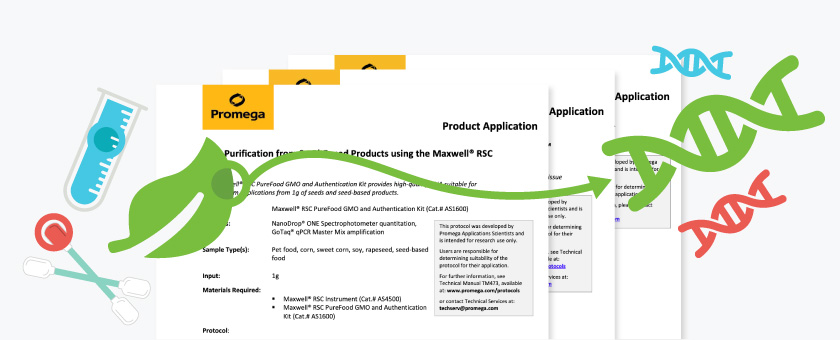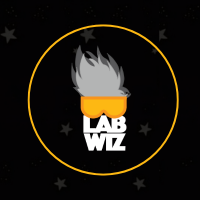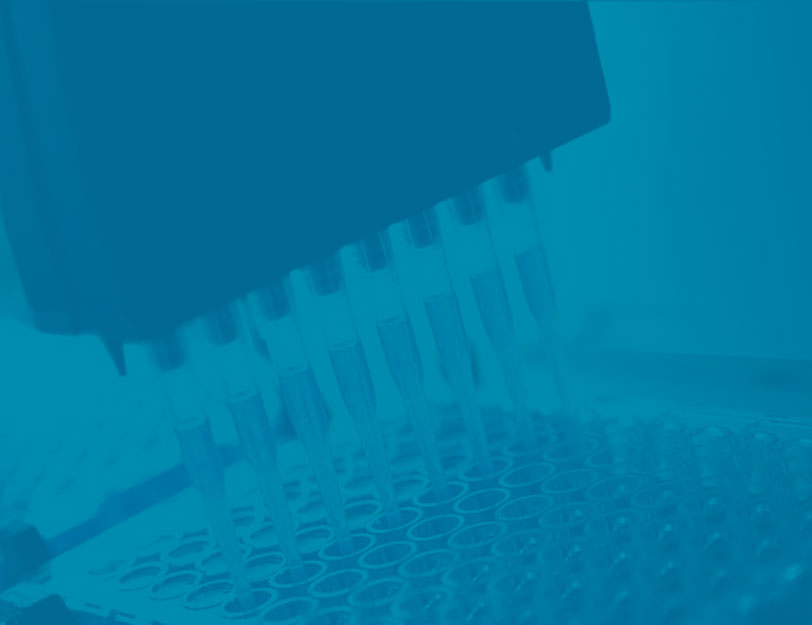RNA Extraction
The purity and integrity of extracted RNA are critical for its effective use in applications such as RT-PCR, RT-qPCR and next-generation sequencing. Promega RNA purification products extract high-quality total RNA, mRNA or miRNA from many sample types, including blood, cells, tissues, FFPE tissue and total RNA preparations. The product portfolio includes RNA purification solutions for all sample throughput needs, from manual purification to high-throughput automated systems.
PureYield™, ReliaPrep™ and SV Systems provide a choice of kits for single tube or 96-well-plate-based manual purification of total RNA or miRNA. PolyATtract® Systems isolate mRNA from total RNA or crude lysates.
Maxwell® RSC and Maxwell® 48 instruments and kits provide benchtop-scale automated RNA purification from 1–48 samples based on convenient cartridges for specific sample types. SV 96 (silica membrane-based) and MagneSil® (magnetic-based purification) products allow high-throughput automated extraction of RNA on liquid handlers.
We offer DNA extraction products for all your throughput needs.
Explore Nucleic Acid Extraction Protocols by Sample Type
The Technical Manual supplied with each kit contains recommended protocols for specific sample types. We continue to test additional sample types and publish the results as short Application Notes. Search our Application Notes database for your specific sample type of interest to find protocols for manual, Maxwell or plate-based methods.

Filter By
Shop all RNA Extraction Products
Showing 24 of 24 Products
RNA Extraction Basics
Isolating intact RNA requires four steps: 1) Disruption of cells or tissue; 2) Inactivation of endogenous ribonuclease (RNase) activity; 3) Denaturation of nucleoprotein complexes; and 4) Removal of contaminating DNA and proteins. The most important step is the immediate inactivation of endogenous RNases that are released from membrane-bound organelles when cells are disrupted.
RNA purification methods typically use silica membrane-based, resin-based and magnetic options for nucleic acid binding and incorporate DNase treatment to remove contaminating genomic DNA. Purified RNA is then eluted from the solid support.
RNA is notoriously susceptible to degradation and RNases are ubiquitous. Many commercially available RNA purification methods include specific chemicals to inactivate RNases present in cell or tissue lysates and may also include RNase inhibitors to safeguard against RNA degradation throughout the procedure.




